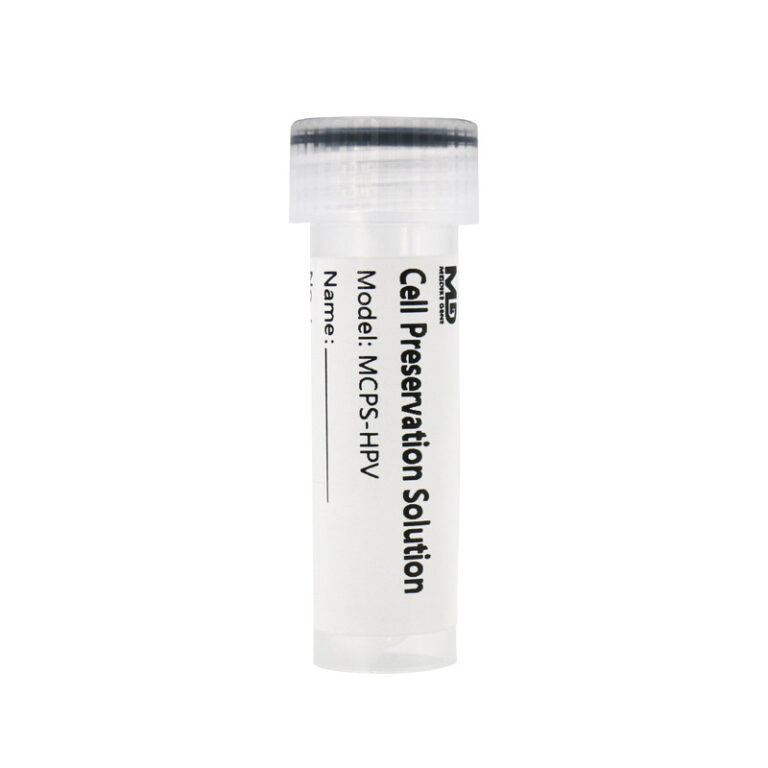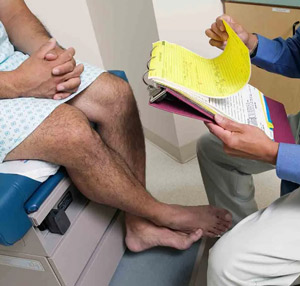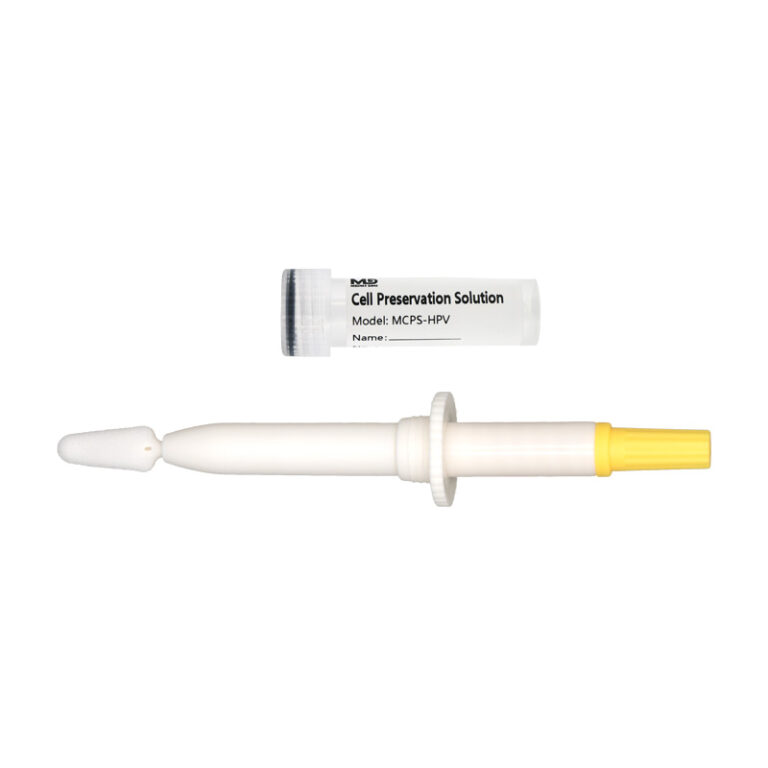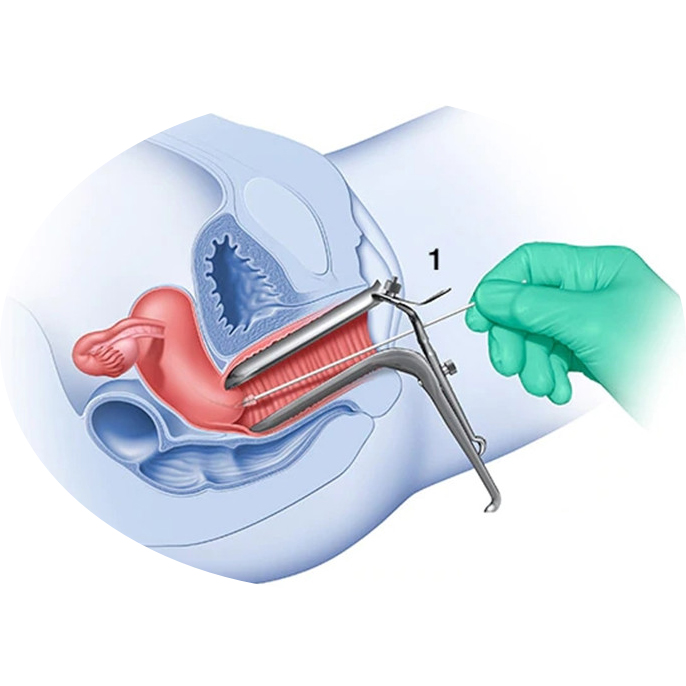How is the Collected Cervical Sample Analyzed in the Laboratory?
Cervical cancer screening plays a vital role in women’s health. After a cervical sample is collected through a Pap smear or HPV test, the next crucial step is laboratory analysis. This process helps detect cellular abnormalities and identify high-risk infections early. Understanding how these samples are examined in the lab can ease anxiety and highlight the importance of regular screenings. …
Understanding HPV Cell Preservation Solution: Composition, Benefits, and Applications
Human Papillomavirus (HPV) testing is crucial for early detection and prevention of cervical cancer. A key factor in accurate HPV testing is the preservation of cellular samples from collection to analysis. This is where the HPV cell preservation solution plays a vital role. In this blog post, we’ll explore the composition, benefits, and practical applications of HPV cell preservation solutions …
Self-Sampling for HPV Testing in Men
Human Papillomavirus (HPV) is the most common sexually transmitted infection globally, with a significant burden on both men and women. While much attention has been given to HPV-related health issues in women, the impact on men should not be underestimated. This article explores the significance of self-sampling for HPV testing in men, its potential benefits, and the implications for men’s …
The Importance of HPV Testing: A Step Towards Preventing Cervical Cancer
Human papillomavirus (HPV) is a common sexually transmitted infection that affects millions of people worldwide. While most HPV infections clear up on their own, certain high-risk strains can lead to serious health issues, including cervical cancer. HPV testing plays a crucial role in early detection and prevention, providing individuals with valuable information about their risk of developing cervical cancer. This …
Procedure for Sample Collection for HPV Testing
Vaginal self-sampling with HPV-DNA tests is a promising primary screening method for cervical cancer. The following describes the steps for taking a sample for HPV testing: Preparation 1. Explain HPV testing to the woman and the meaning of results. Make sure that the woman has understood the explanation. 2. Perform a gynecological examination. Sample collection 3. Obtain a sample from the …





















